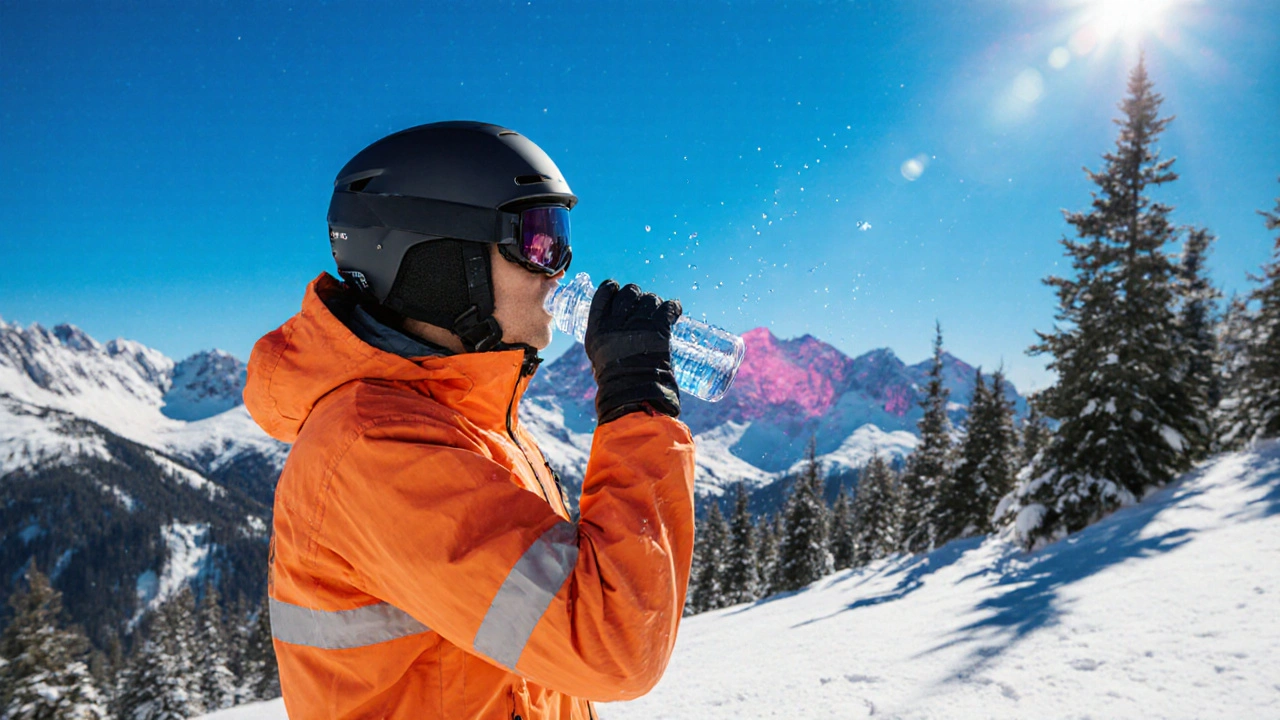When dealing with motion sickness, a condition caused by conflicting signals between the inner ear, eyes, and brain that leads to nausea, dizziness, and cold sweats. Also known as travel sickness, it commonly affects passengers in cars, planes, or boats. Effective relief often comes from antiemetic medication, drugs that block nausea signals in the brain such as scopolamine, dimenhydrinate, or ginger extracts. The vestibular system, the inner ear network that detects motion and balance plays a key role, and when its input clashes with visual cues you feel the classic symptoms.
Motion sickness encompasses nausea, vomiting, cold sweats, and a sense of imbalance. It requires a mismatch between sensory inputs: the eyes see a stable environment while the vestibular system senses movement, or vice‑versa. This mismatch influences the brainstem, triggering the nausea pathway. Children, pregnant women, and frequent travelers are especially prone because their sensory integration can be more sensitive. motion sickness also shows up as seasickness on boats, car sickness on winding roads, and even simulator sickness when using virtual reality.
Several related entities shape the experience. seasickness, a subtype of motion sickness triggered by the rolling motion of water is often worse on smaller vessels where waves are unpredictable. Meanwhile, travel nausea, the queasy feeling that occurs during long trips in any vehicle can be mitigated by focusing on the horizon, keeping the head still, and staying hydrated.
The condition also ties into the broader concept of vestibular disorders. When the vestibular apparatus is inflamed or weakened by infection, the risk of motion‑induced discomfort rises. Good vestibular health—through regular balance exercises and avoiding excessive alcohol—helps lower the odds of episodes.
From a treatment perspective, motion sickness requires a two‑pronged approach: prevention and medication. Prevention includes behavioral tricks like sitting in the front seat of a car, lying flat on a bed during flights, or using a sea‑faring platform with a stable deck. Medication involves antiemetics that act on histamine receptors (dimenhydrinate) or muscarinic receptors (scopolamine). Both categories block the nausea signal, offering fast relief.
Beyond pills, natural remedies add value. Ginger, either as tea or chewable, has demonstrated anti‑nausea effects in several small studies. Acupressure bands that press on the P6 point behind the wrist can also reduce symptoms for some users. These options are especially handy when travel rules restrict medication use.
Understanding the link between the vestibular system, visual cues, and the brain’s nausea center lets you anticipate when motion sickness might strike. By combining practical prevention tips, appropriate antiemetic choices, and supportive natural strategies, you can keep trips comfortable and enjoy the journey without the dreaded queasy aftermath. Below you’ll find a curated collection of articles that dive deeper into each of these aspects, offering step‑by‑step guides, medication comparisons, and lifestyle hacks to help you stay steady on the road, sea, or air.
Posted by
Jenny Garner
14 Comments

Learn fast, practical ways to prevent and relieve dizziness and motion sickness on ski trips, from hydration tips to medication choices and natural remedies.
read more